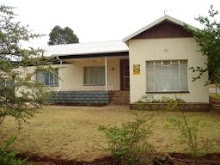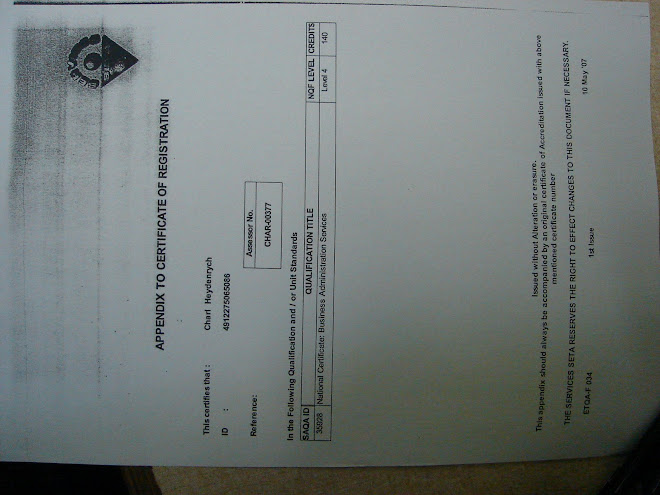The FNB Estate Agent Survey for the 1st quarter of 2011 points to agents’ perceptions of housing affordability, in terms of price levels relative to buyer income levels, having improved significantly.
We believe that this perception is to a large extent justified. As at the 1st quarter of 2011, it is very likely that housing affordability, as measured by the average house price/average remuneration ratio and by the instalment repayment/average remuneration ratio, continued to improve. This is due to anaemic house price growth of 0.82% year-on-year for the 1st quarter according to the FNB House Price Index, the likelihood of wage inflation being significantly stronger than house price growth, and a further decline in the average interest rate following a late-2010 interest rate cut.
However, affordability calculations are based on the wage growth of those employed, and after a major decline in formal sector jobs during the recession in 2008/9, recent employment growth remains very slow. Therefore, the household sector as a whole remains financially constrained, and despite the improvement in traditional measures of housing affordability, housing demand growth has not yet set the world alight.
Therefore, it is not surprising that, when house prices around major metros are measured on a value band basis, the affordable area segment has shown the best price growth in recent times. On a year-on-year basis, Affordable Area (average price = R377,864) average price growth measured +8.9% for the 1st quarter of 2011. Within the Affordable Segment, the Former Black Township component stands out as being the strongest, which may also reflect a lack of supply of stock relative to former suburban areas. The other 3 area value bands were grouped in a very narrow range of price growth, with Top End Areas (average price = R1.882m) showing +5.2% growth, Middle Income Areas (average price = R712,764) showing +4.6% increase, and High Income Areas (average price = R1.086m) rising by +3.8%.
The household sector’s financial constraints continue to keep it focused on basics, and this can be seen in coastal holiday town price estimates continuing to show significant deflation to the tune of -6.9% year-on-year.
However, despite some difference in the relative performances of segments, virtually all housing segments that we measure have shown further de-celeration in price growth during the 1st quarter.
The exception was the “Sectional Title Less than 2 Bedroom” segment. Whereas, the Sectional Title 3 Bedroom sub-segment recorded a meagre +0.3% year-on-year price growth in the 1st quarter, and the 2 Bedroom sub-segment +0.4%, the “Sectional Title Less than 2 Bedroom” sub-segment sub-segment showed a significantly better +6.6% growth, and was the only major segment in both the full title and sectional title markets to see its growth accelerate, from the previous quarter’s +4.8%. One must bear in mind that the Less than 2 Bedroom sub-segment tends to be more cyclical than the others, and that it also saw the biggest price dip during 2008/9 of the key sectional title sub-segments, so its prices come off a lower base. This segment is believed to be a major target of 1st time buyers in the former white suburban areas, a source of demand that is more cyclical than overall residential demand. Its reliance on 1st time buyers may be starting to benefit it at present, because our FNB Estate Agent Survey shows an increase in 1st time buyers as a percentage of total buyers from 17% in the 4th quarter of 2010 to 22% in the 1st quarter of 2011.
John Loos
Strategist
FNB Home Loans
Ground Floor, fairland Campus, Enterprise Road, Fairland, Johannesburg
Tel (011) 6490125, Fax (086) 5140478
e-mail: john.loos@fnb.co.za
Pringle Bay
-
Name:https://en.wikipedia.org/wiki/Pringle_Bay Google count: Date: Historic
fact: Other interesting info: Where to stay:
8 years ago








No comments:
Post a Comment